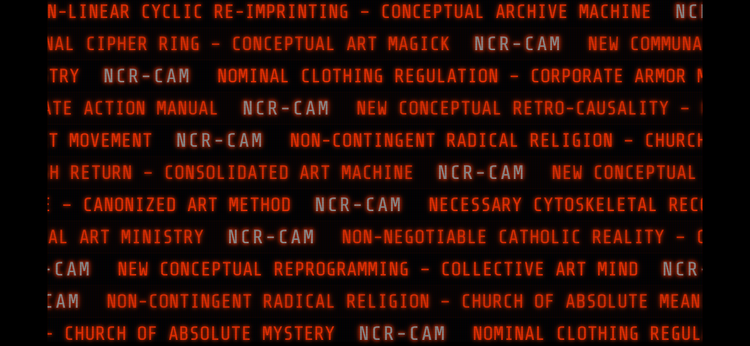Excerpt from a nonsense essay prompt by AI
belonging persists even within the intricate crosscurrents of cultural dislocation that characterize Keiko’s experience in the broader Japanese narrative framework. However unresolved “Paper Suns” concludes, there remains one textual distinction that sets it apart from “Ink Petals”: namely, that Keiko, unlike Yutaka, is permitted to fracture and reclaim her own narration, rather than being relegated solely to the perspective of her Tokyo-born counterpart. Keiko’s internal monologues are demarcated through a subtle change in font weight—lighter, almost ghosted—to signify their liminality, while her interspersed Mandarin phrases are bolded, transliterated into modified Hepburn romanization, and annotated in numbered footnotes that unpack the original Chinese meanings for a Japanese-reading audience. Yet we never encounter Keiko’s Mandarin in its original hanzi form, even though the text invites the presence of that script at every turn. Thus, on one hand, Keiko asserts a limited but significant narrative agency that Yutaka—whose story is completed, finalized, narrated entirely in retrospect—cannot claim. On the other hand, Keiko’s Mandarin words, ostensibly her own, are still mediated through an authorial system that gently colonizes her voice. How does “máfan,” Chinese for “troublesome,” transform into “マーファン” within the kana system, when it might more phonetically align with “マーファヌ”? Since no fixed standard exists for transcribing Mandarin into Japanese kana, much less back into romanized Japanese prose, it is impossible to separate the transliteration from the invisible hand of Fumiko Hara—or a fictionalized editorial figure suspended somewhere between author and narrator. Unless, of course, we imagine that within Hara’s fictional universe, Keiko herself has internalized and Japanese-ified her Mandarin. For whom, though, is this act of transliteration undertaken? Surely not for Keiko, who retains vivid memories of her grandmother’s calligraphy lessons in Suzhou. Rather, it seems meant for the imagined reader—the comfortable monolingual Japanese reader—who requires the exoticism of Mandarin to be softened, glossed, and, however delicately, domesticated.
Similarly, in “Frozen Lilacs,” a sprawling meditation on post-Soviet nostalgia, the dual protagonists, Semyon and Vera, operate within yet another layered frame. Semyon’s Russian expressions, woven sparsely into his St. Petersburg diary entries, are rendered not in Cyrillic but transliterated into an idiosyncratic Latinization. “душа” (“soul”) becomes “dusha,” yet Vera’s letters, where she yearns for the lost communal apartments of her childhood, avoid transliteration altogether, replaced instead with melancholy paraphrase. Here, again, the characters hover on the cusp of articulating themselves fully, but the narrative apparatus—built by Anton Markov, or perhaps by a Markovian mask—intercedes. The absence of Cyrillic feels less like an oversight and more like a calculated erasure, a ghosting of the native tongue for the sake of a broader Anglophone, or at least Latin-script-accustomed, readership. What is gained in accessibility is lost in authenticity. And the question that inevitably echoes beneath the footnotes, the paraphrases, the subtle typographical choices, is not merely what is being translated, but who—and at what cost.






Member discussion